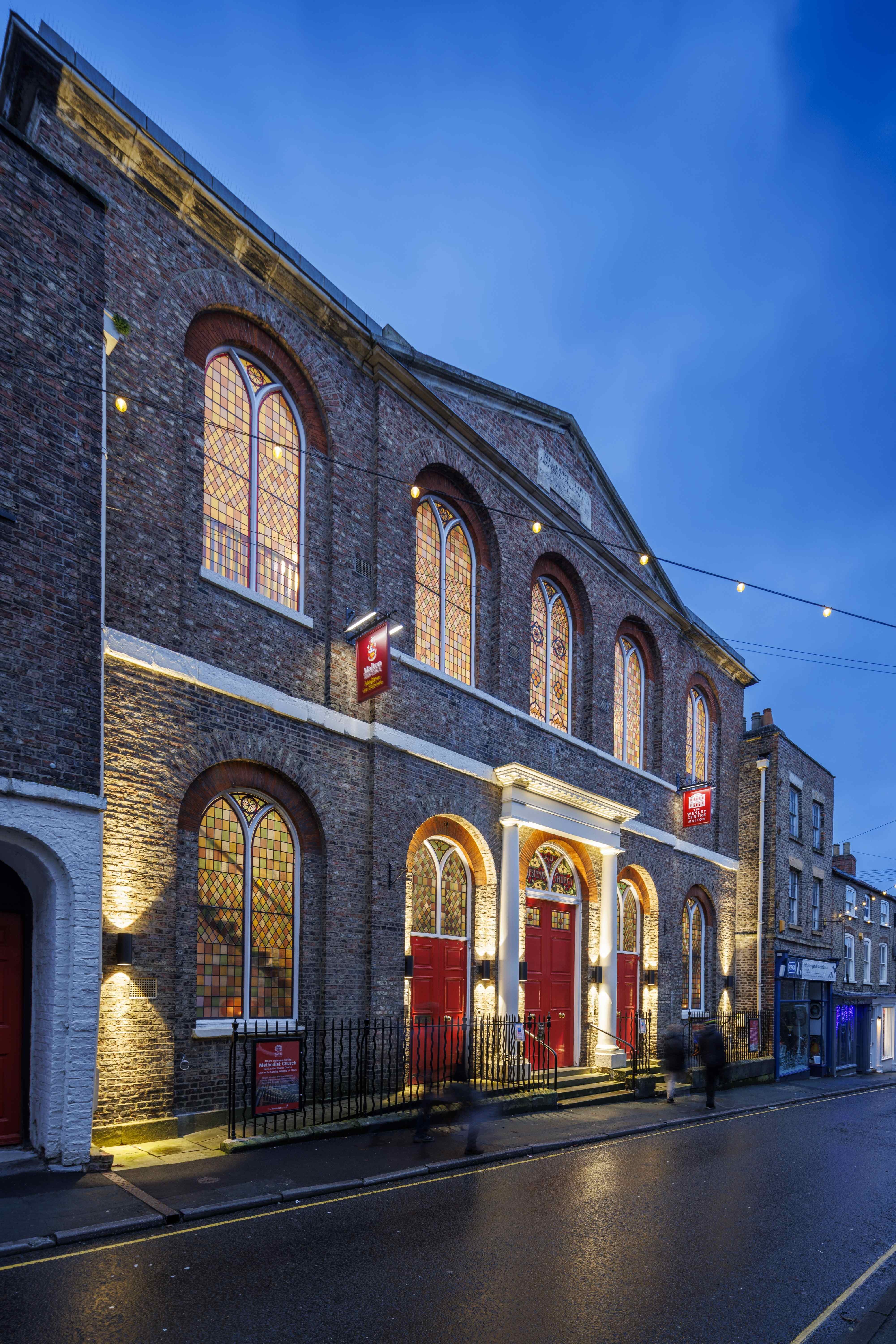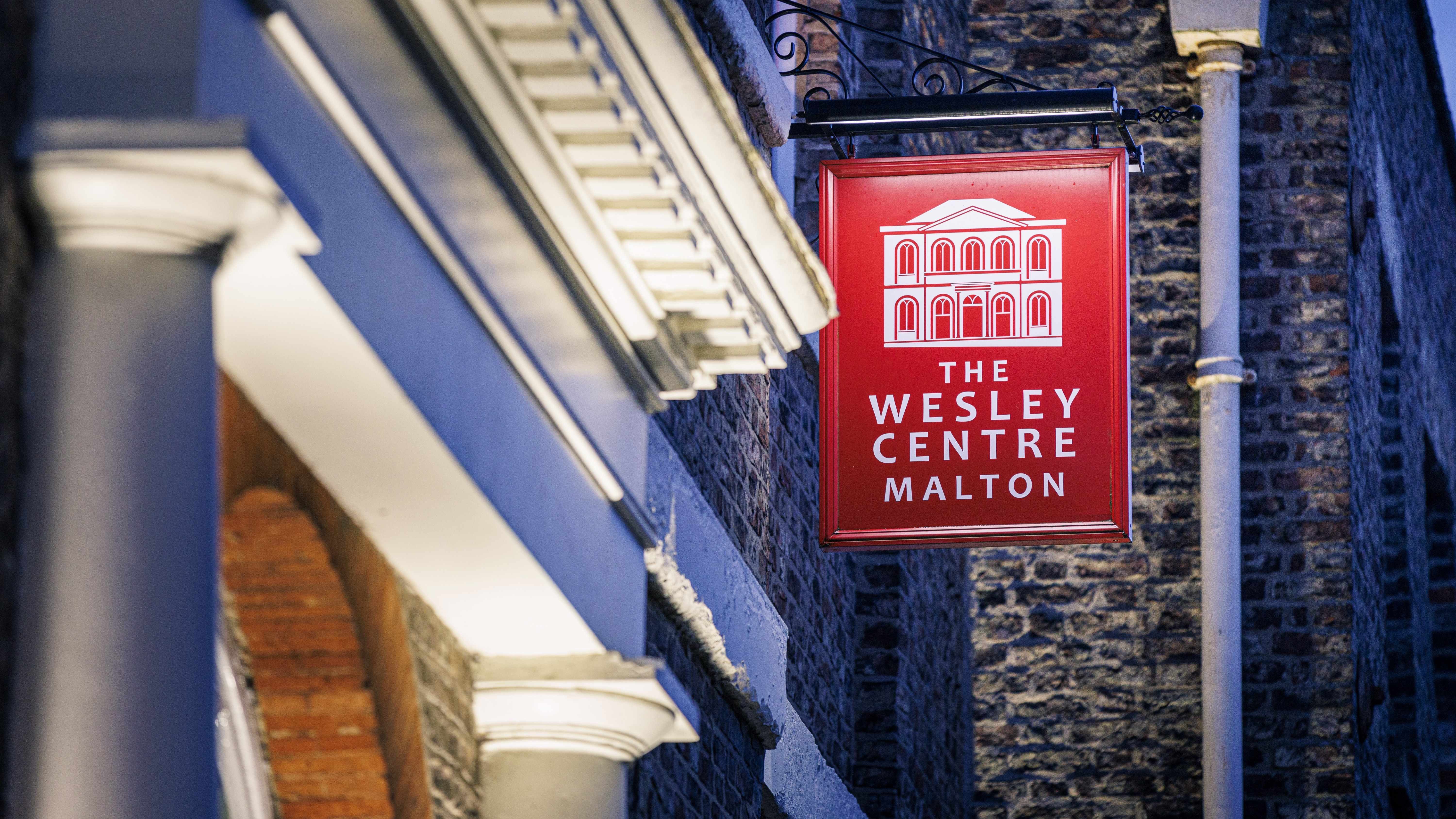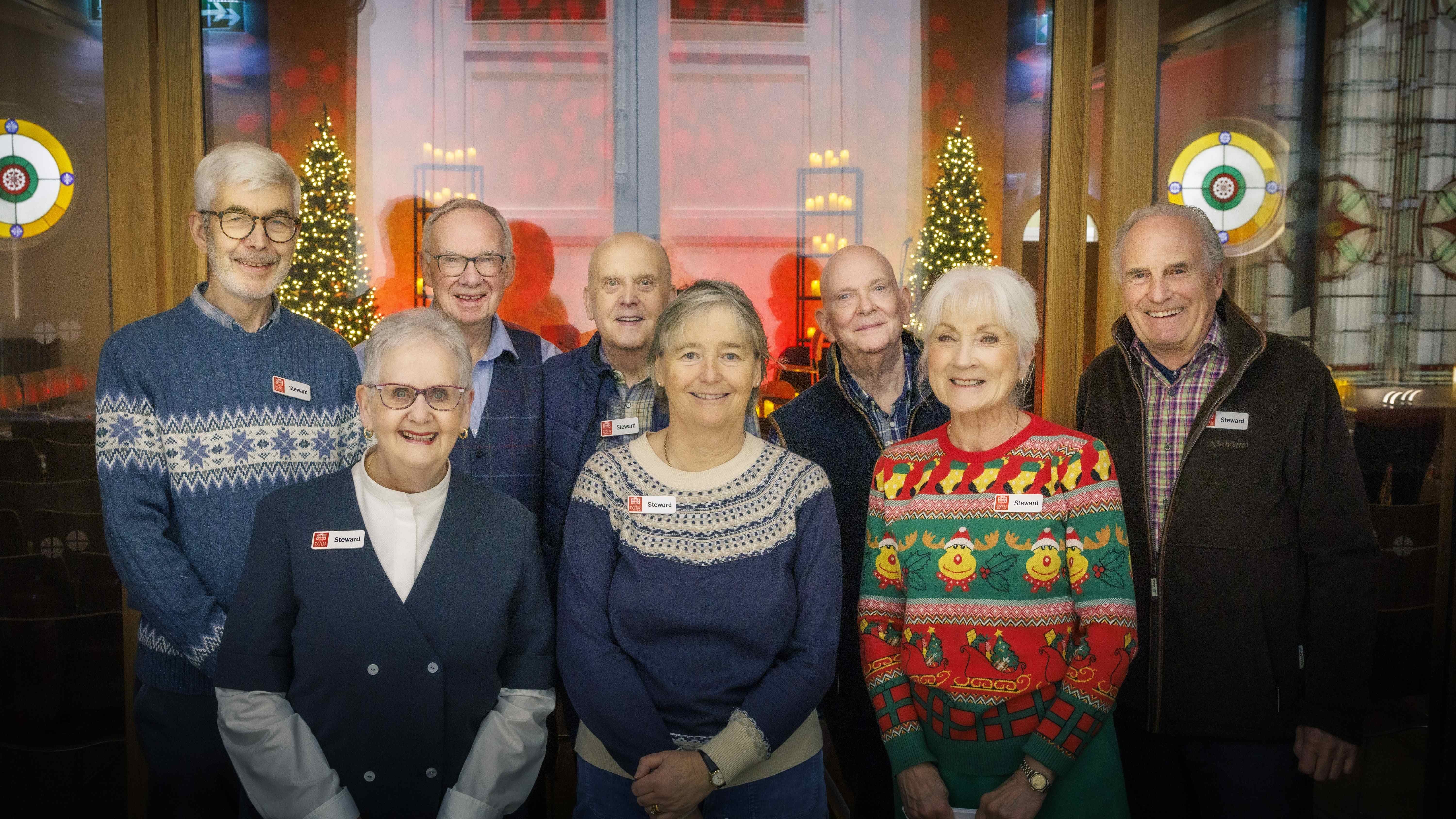Our Building

Revd William Jenkins
The first building in the country known to have been wholly designed by the itinerant Methodist minister turned architect, the Revd Williams Jenkins (1763-1844, lambeth, London), was the Wesleyan Methodist chapel in Carver Street, Sheffield in 1804 (now a Walk-About pub).
The Carver Street chapel and Malton’s imposing five-bay façade were derived from Wesley’s Chapel in City Road, London. Jenkins went on to design around 13 uniquely similar preaching chapels around the country, of which the Malton building is one of just five rare surviving examples.
Main characteristics of the William Jenkins building
The building was erected in 1811 to a design by the Revd William Jenkins. Jenkins, was one of John Wesley’s itinerant preachers who combined preaching with chapel design.
It’s very typical of some of the large preaching chapels designed by Jenkins. Internally, the main building is virtually square and this highlights its auditory/ amphitheatre form, measuring some 16 metres wide, by 15.5 metres from the front to the rear.
Adjoining the rear, there’s currently a single storey building containing a small meeting room, kitchen and cloakroom facilities, with direct access to the cul-de-sac of Chapel Lane. This new addition in the late 1990s replaced an original 3-storey annex, which housed Methodist school rooms and a large chamber for the earlier pipe organ. This was demolished in the renovations of 1998/99 due to its poor structural integrity. The Wesley Centre scheme will incorporate a new reinstated 3-storey East Wing, replacing the current annex.
The entrance area
The narrow vestibule area has a tessellated floor and original staircases rise to the gallery on each side. Here, a Victorian stained glass screen was erected in 1866. A further glazed inner screen was added beyond this in the 1990s renovations. The central section of the Victorian stained glass screen is to be carefully removed and relocated to a new ‘quiet room’ in the East Wing. An all glass entrance porch will be created here, opening up views of the whole interior from the main Saville Street entrance – for the first time in more than 150 years. The 1990s screen is also to be removed, and the kitchenette and offices replaced with a new Café servery and Centre reception point, respectively.
The East Wall
The choir areas, the organ, pulpit, and sanctuary areas have seen the most change during the current life of the building. Each of these is to be removed as part of the scheme, and replaced with a large two-stepped performance/ sanctuary space, with the contemporary addition of a new minstrels gallery above, providing a platform for the restored Forster & Andrews organ, with its richly decorated pipework soaring almost to the ceiling. The minstrels gallery, to be used for public speaking, as an alternative placement for musicians, or even for wedding ceremonies, will further seek to emphasise the special auditory nature of the historic building, symbolising the completeness of its architectural form as was originally conceived.
Pews
The common form pitch-pine panelled box-pews and their platforms on the ground floor, were a later addition to the building, installed in 1866, replacing the original bench seating and a number of high back pews. The pews, which have mahogany cappings have a straight back, and are uncomfortable for long periods of sitting, even with the addition of cushions. A number of these still contain the hat-hooks of 1866. However, to create the necessary flexibility of the ground floor space, permission has been granted for these pews to be removed, bar the retention of two gently curved examples to be re-located under the windows at each side.
The gallery box pews are original to the 1811 building. They are similar in design to the ground floor pews, although the seats have a raked back. No material changes are envisaged in the gallery, other than the addition of bespoke fitted cushions to each of the pews. Seen in their completeness, the gallery pews create an aesthetic architectural form of their own and remain an important contributor to the heritage of the building.

